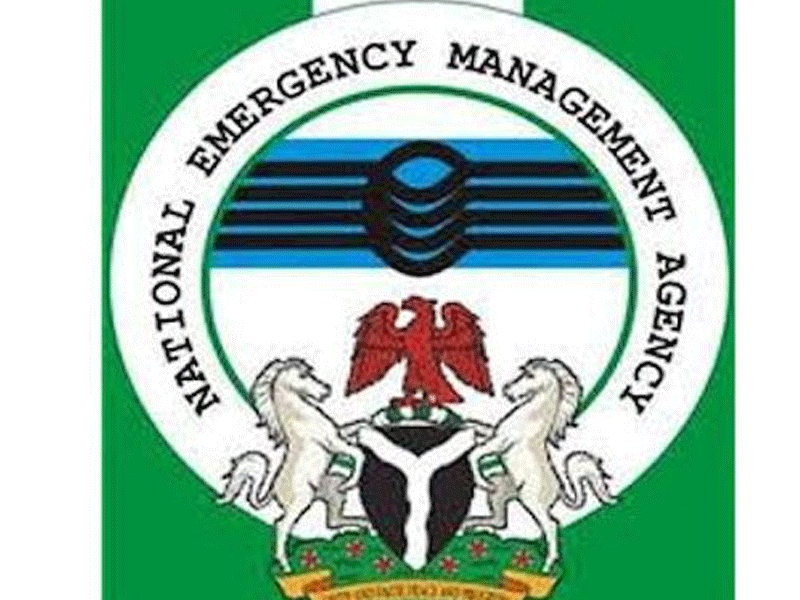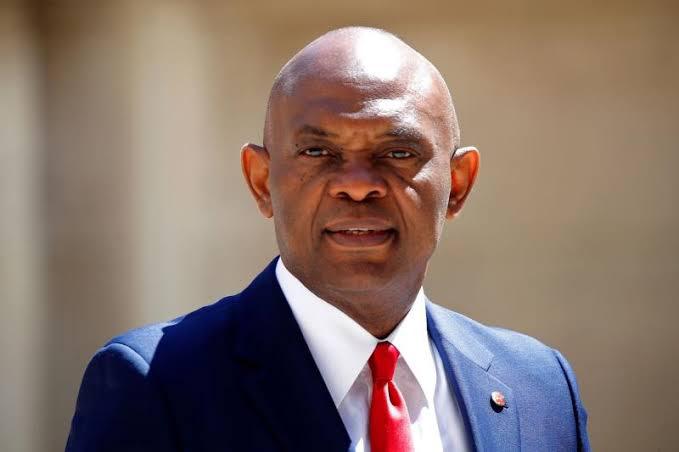As the 2025 rainy season peaks, the familiar warnings of impending floods have once again been sounded across Nigeria. True to tradition, the federal government, through its relevant agencies, has issued timely alerts calling on state governments and residents in flood-prone areas to brace for potential disasters. Yet, beyond the warnings, the challenge remains: will early alerts translate into early action?
The 2025 Annual Flood Outlook, released by the Nigerian Hydrological Services Agency (NIHSA), projects that 33 states with over 150 Local Government Areas (LGAs) fall within the high flood risk zones. An additional 34 states, including the Federal Capital Territory (FCT), with about 245 LGAs, are categorized under moderate flood risk, while the remaining areas are expected to experience low flood threats. According to the Nigeria Meteorological Agency (NiMet)forecast, the period between April and November 2025 will witness intense rainfall episodes capable of triggering severe floods across many parts of the country.
Speaking at the National Emergency Coordination Forum (ECF) meeting in May, the Director-General of the National Emergency Management Agency (NEMA), Hajiya Zubaida Umar, emphasized that early warnings must be matched with swift and coordinated actions to minimize disaster impacts. She underscored the need for states and communities to prioritize preparedness measures rather than waiting for disasters to strike.
Despite repeated forecasts, flooding remains a recurring crisis in Nigeria’s rainy season calendar. Its impact continues to devastate lives, destroy livelihoods, and damage critical infrastructure. The 2012 flood remains the most catastrophic in recent memory, but subsequent years, including 2018, 2022, and more recently the 2024 Mokwa flood in Niger State, have served as painful reminders that the threat is far from over.
Flooding in Nigeria is driven by a combination of natural factors, such as heavy rainfall, and human-induced causes, including rapid urbanization without commensurate infrastructure upgrades. Poorly designed and clogged drainage systems in many cities worsen the situation, leaving communities vulnerable to even moderate downpours.
Deforestation, land degradation, and illegal construction on waterways further reduce the land’s ability to absorb water, causing surface runoffs and flash floods. In many urban centers, unchecked waste disposal into drainage channels has also become a major contributor to recurring floods.
In response, NEMA has ramped up its flood preparedness strategy, focusing on proactive interventions rather than reactive crisis management. A central element of this approach is the enhancement of early warning systems, leveraging advanced technology and real-time data analysis to deliver timely alerts to vulnerable communities.
In 2025, the agency complemented its warnings with large-scale flood simulation exercises, conducted in high-risk areas such as Anambra and Kano States. These drills tested the readiness of emergency responders, local authorities, and communities, ensuring that evacuation plans and rescue protocols are in place before actual floodwaters rise.
Beyond simulations, NEMA continues to drive community sensitization campaigns, working with local leaders, religious bodies, and youth groups to spread awareness on flood risks and personal safety measures. These campaigns stress the importance of clearing drainage channels, responsible waste disposal, and compliance with evacuation orders during emergencies.
However, addressing Nigeria’s flooding crisis requires more than early warnings and rescue drills. It demands investment in urban drainage infrastructure, strict enforcement of environmental laws, and the incorporation of flood-resilient designs in housing and road construction. NEMA has consistently advocated for desilting drainage systems, constructing levees and embankments in flood-prone areas, and restoring natural landscapes to improve water absorption.
Adequate funding and strong political will remain essential. Without consistent government commitment at federal, state, and local levels, efforts to mitigate flooding will continue to fall short. Furthermore, collaboration with international partners, the private sector, and civil society groups is crucial in strengthening Nigeria’s disaster risk reduction efforts.
As the rains intensify, the question is no longer whether floods will occur, but how well Nigeria will respond. With coordinated early action, clear communication, and community cooperation, the country can shift from disaster helplessness to preparedness safeguarding lives and livelihoods from the destructive power of floods.
Abdulhamid Abdullahi aliyuabdulhamidabdullahiali@gmail.com


















Leave a comment